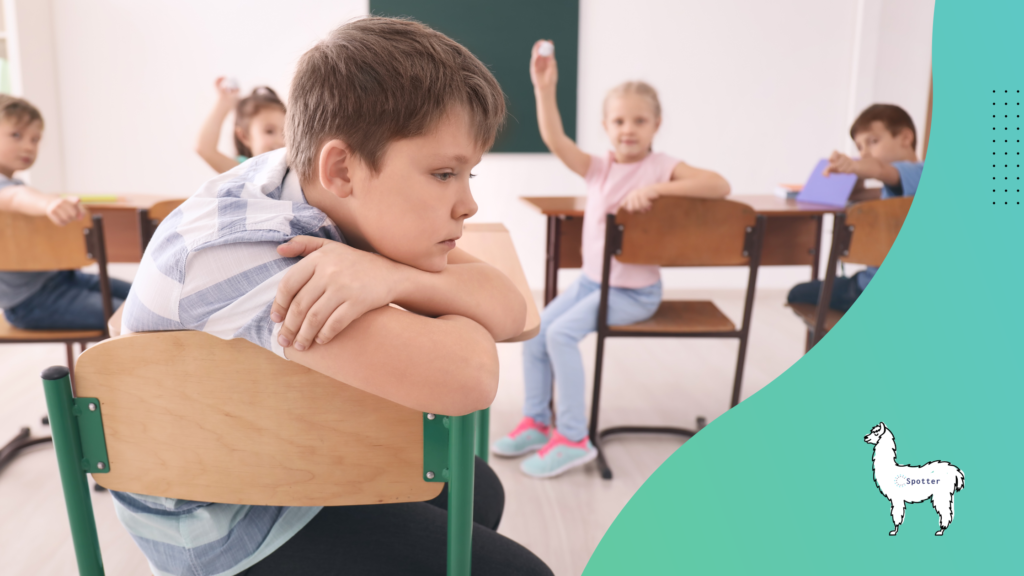As a teacher or therapist, you know that classroom conflicts happen almost every day, in some form or another. Whether these come from students’ diverse personalities, backgrounds, and perspectives, from outside stressors, or even just from a bad day at school, it’s part of our job as educators to address and resolve them. To learn how to help your students solve classroom conflicts, and leave each school day with a positive outcome, read these tips from the experts at Spotter Staffing.
Teach Conflict Resolution Skills
Help your students solve conflicts by teaching them conflict resolution skills. If you can organize workshops or incorporate lessons that introduce techniques – like active listening, assertive communication, and compromise – you can empower them to manage conflicts independently, promoting a culture of problem-solving instead of confrontation.
Promote Open Communication
Better communication is the fast track to classroom conflict resolution. Be sure to encourage an environment where students feel comfortable expressing their concerns and issues, and open your classroom to discussions, group activities, and peer-sharing sessions that use active listening. By making open communication a priority in your classroom, you create a safe place for students to voice their grievances and understand each other’s perspectives, which in turn can lead to quicker and more effective resolutions.
Set Clear Expectations and Boundaries
Maybe the best way to deal with conflicts is by preventing them. From the very beginning of the school year, make sure you set clear classroom expectations and behavior guidelines. Ensure your students understand the consequences of their actions when these expectations are not met. When every student knows what’s expected of them, the likelihood of classroom misunderstandings and conflicts is much lower.
Lead by Example
As their teacher, you are seen as a role model, and your behavior sets the tone for your classroom. Be sure you always demonstrate effective conflict resolution through your words and follow through in your actions. Model respectful communication, active listening, and patience to your students. When they witness how conflicts are handled maturely, they are more likely to adopt similar approaches for themselves.
Classroom conflicts are inevitable, but they also present opportunities for growth and learning. By following these tips, teachers can create a better learning environment where conflicts are transformed into valuable life lessons.
Looking for a Teaching or Therapy Career With Better Benefits?
Spotter Staffing offers paid time off, competitive weekly compensation, health benefits, continuing education, and more! If you are looking for work as an OT, PT, SLP, Social Worker or Special Education teacher, Spotter can help. Click here to browse our open jobs or contact our team of expert recruiters with any questions you may have.


